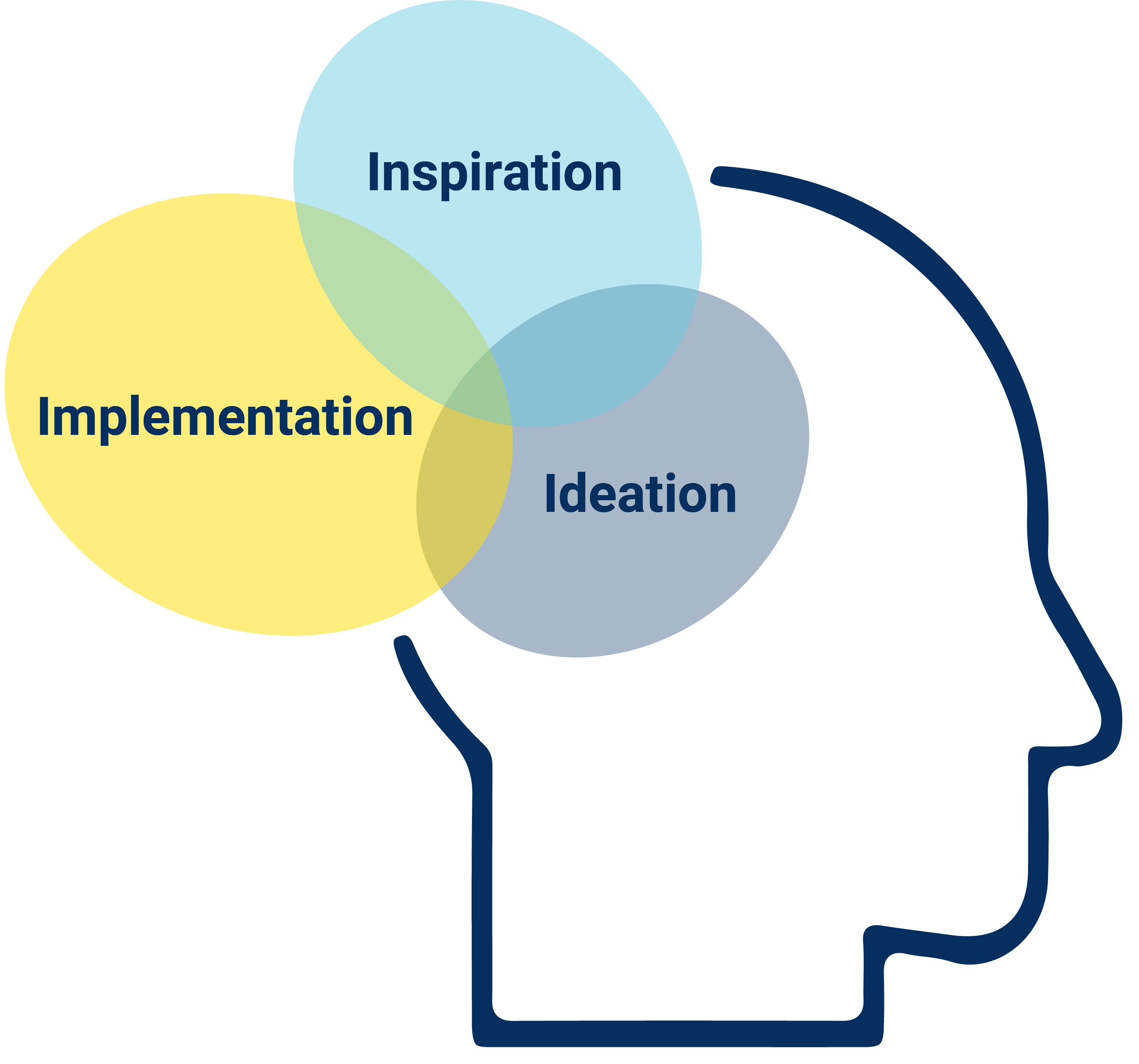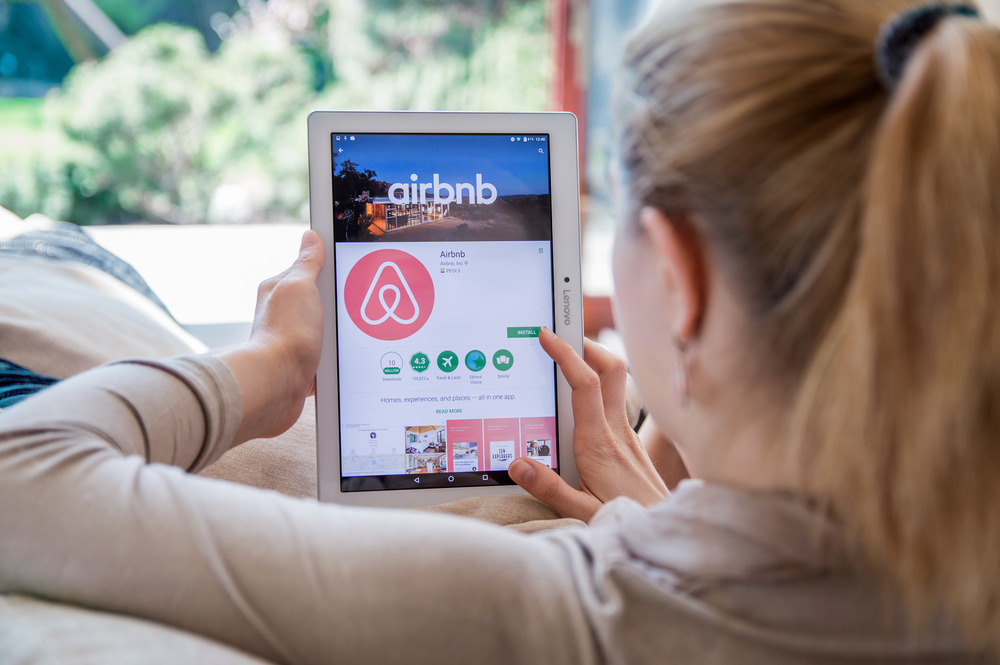<< Back to Media
Human-Centered Design Solves Client Needs
June 13, 2022
The global design company IDEO popularized “human-centered design” in the 1990s as a creative problem-solving process. The distinct design-thinking approach continues to offer innovative solutions by positioning human needs at the center of the problem-solving process. While all designs should be creative, adaptive, and problem-solving, human-centered design asks unique questions in its approach to a design solution — questions to create empathy with the final user by asking how the product will be used rather than just determining how to improve businesses. Less, “How can we meet our sales goal this quarter?” and more, “How can we create loyalty with our customers?”
Human-centered design involves users in the design process by creating feedback loops, building prototypes, and delivering bespoke solutions. The designers from organizations that employ human-centered design seek first to thoroughly understand the people who are experiencing the problem before crafting a solution to solve the needs of their clients.
Asking the right questions to the right audience is key to creating the best solution.
A Three-Phased Approach
IDEO.org, a nonprofit organization formed from IDEO, launched a “Field Guide to Human-Centered Design” which outlines a three-phased approach for human-centered design: inspiration, ideation, and implementation. They include:
1. Inspiration
This phase involves finding out as much as possible about the problem that needs to be solved. It emphasizes learning on the fly while determining the right questions to ask and the right people to question. Among many other steps, it frames the design challenge into a single problem statement that may be debated among team members until they craft an agreeable statement. This phase asks designers to rethink their problem statement into a question that can be solved, which can highlight some potential ways to attack it. Further, this phase is where teams come together, create project plans, craft interview questions, conduct research, and define the audience affected by the problem.
 2. Ideation
2. Ideation
During this phase, the team shares what they learned from the inspiration phase while trying to make sense of the data, and they begin to identify design opportunities. Tangible prototypes are shared with opportunities for feedback. An iteration, refinement, and building cycle continue until a solution is ready. Teams share what inspired them, including the recurring themes and relationship frameworks they found. This phase should incorporate storyboarding and brainstorming. Once more solidified prototypes are created, teams gather feedback from various interviewed groups and iterate this information into new versions of the prototype. Rinse and repeat. This is the phase where the data found becomes a working solution.
3. Implementation
The third and final phase allows the solutions to come to life and go to market. Partnerships are built, the business model is refined, the idea is piloted, and it is presented as a successful solution that keeps users at the heart of the problem-solving process. Now is the time to develop roadmaps to determine how to get the solution to the appropriate audience and how to fund its delivery. This phase determines how to measure and evaluate the effectiveness of the solution and, of course, encourages the continuous involvement of feedback and improvements, even after the project has been implemented.
In Popular Culture
Incorporating human-centered design is more popular for organizations than some may think. Often, organizations use this type of design without knowing the framework or its name, but they understand its principles.
A notable example of human-centered design is the vacation rental app Airbnb which allows users to book unique spaces to rent and for owners to list their properties, all in one platform. In a 2018 interview with CEO Brian Chesky, he notes, “We approach every challenge with a human-centered lens, whether it’s our business or the product we design. The truth is, every organization is a product that people interface with. We use the same design process to achieve the best user experience, whether the output is an org chart or a user interface.”

Source: Shutterstock
One way Airbnb put humans at the center of their design changes was the introduction of new listing categories and filters. Airbnb understood the confusion for users to have all types of vacation homes (hotels, bed and breakfasts, treehouses, etc.) compiled together and that some users wanted a way to know in advance if rentals were appropriate for families or work trips. Airbnb soon introduced Airbnb Plus, which allowed for new categories and filters applied to their search functionality and helped users more accurately find the rentals they wanted.
From 2011-2014, Rebecca Sinclair, a former IDEO designer, served as Airbnb’s Head of User Experience Research and Design. While working with Chesky, he asked how they could incorporate storyboarding into Airbnb, which she interpreted as a customer journey. In an interview with Forbes, Sinclair notes, “It was also an opportunity to put human-centered design and creative methods at the heart of Airbnb’s strategy and culture, which excited me because I believed this would make Airbnb a landmark company — not just because of its product, but also the core process for how the entire team worked.”
It is clear that human-centered design is important for Airbnb as it continues to iterate and evolve as a business. When faced with challenges surrounding the design and functionality of the app, Airbnb focuses on its core users to help them brainstorm and solve business problems.
Relationship to Change Management
Another people-centric framework for thinking, change management, is related to human-centered design. Change management emphasizes the steps organizations take to achieve change that deal with the people elements, not necessarily the technical components.
Human-centered design and change management are two frameworks that ask similar questions that reflect similar intentions. Both frameworks focus on the end-user, require thinking about “how” a process or product might be used, and can include the development of a prototype with a feedback loop.
A potential difference in the frameworks is change management usually requires a buy-in from the users, with an early stage of the framework focused on making the case for the change. Also in change management, users may be resistant to the change or think they are not even experiencing a problem. Human-centered design, on the other hand, starts by asking the users what they need help with, not determining if they need help at all. Human-centered design takes a problem that an entire group is experiencing and can acknowledge, whereas change management may try to solve a problem identified by an entire organization or those who manage it at a higher level.
How WBD Does It
WBD has helped organizations solve their problems with human-centered design and change management solutions, including work for our client the United States Agency for International Development (USAID). Our director of U.S. Federal Government programs, Craig Wentzell, is a change management and digital transformation subject matter expert, who helped strengthen WBD’s ability to be the trusted catalytic partner in USAID’s wholesale organizational and cultural change toward integrating Private Sector Engagement across the Agency. Through a WBD facilitated forum with USAID, Craig and the WBD team were able to present concepts, gather feedback, and identify areas for improvement all with the focus of “putting the user at the center of the experience.” Craig and the WBD team also support our clients at the Department of Defense, the Department of Homeland Security, and the Veterans Health Administration by positioning human needs at the center of the problem-solving process.
Author: Jessica Lewis, Lead Consultant at WBD, is a CRM and database strategy professional engaging with the firm’s Economic, Procurement, and Business Analysis award with the Department of Defense, Defense Information Systems Agency.
